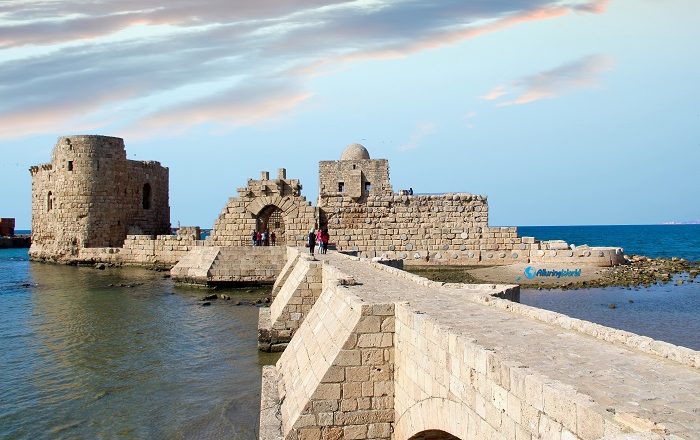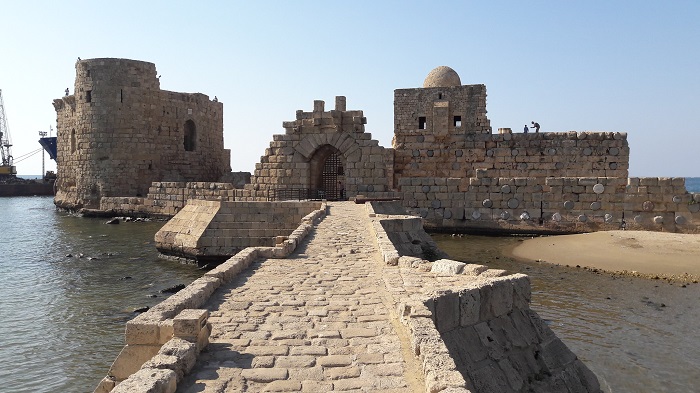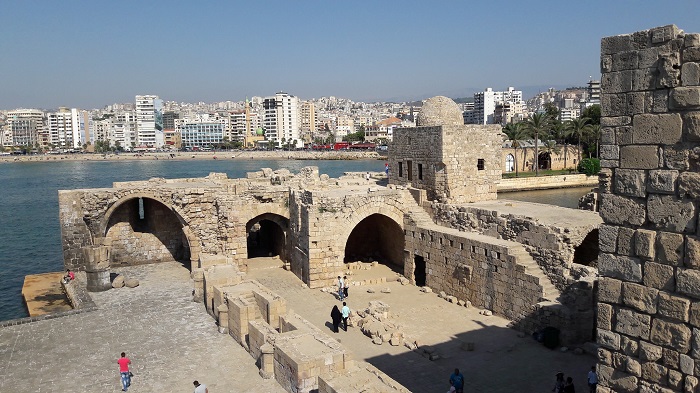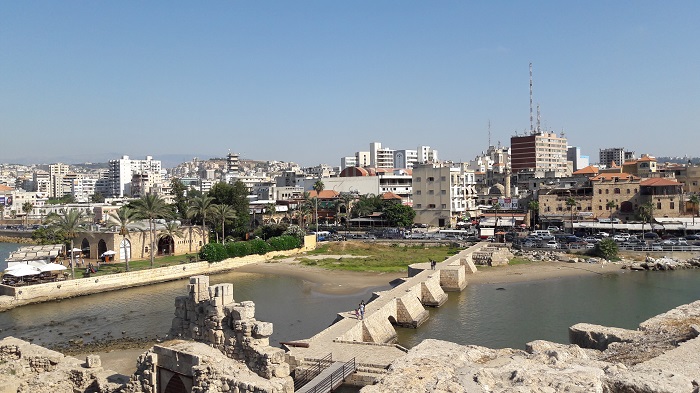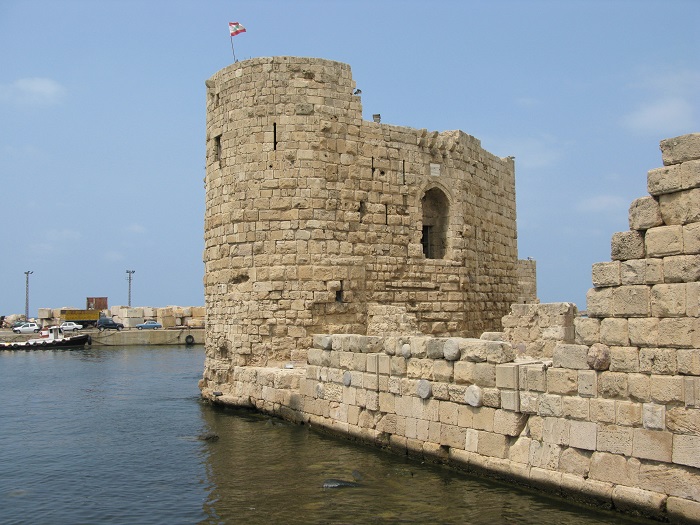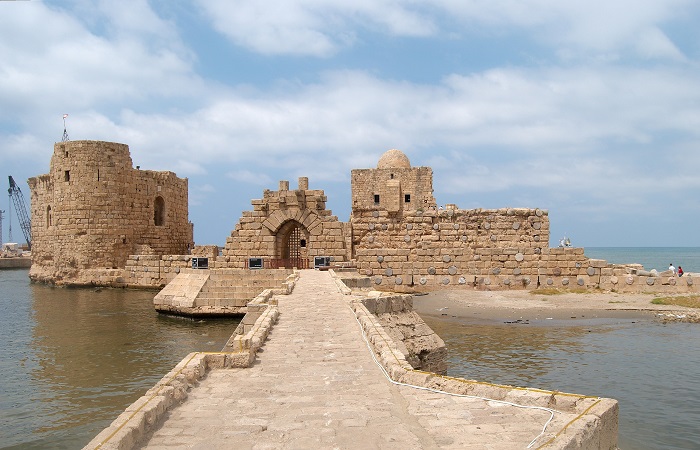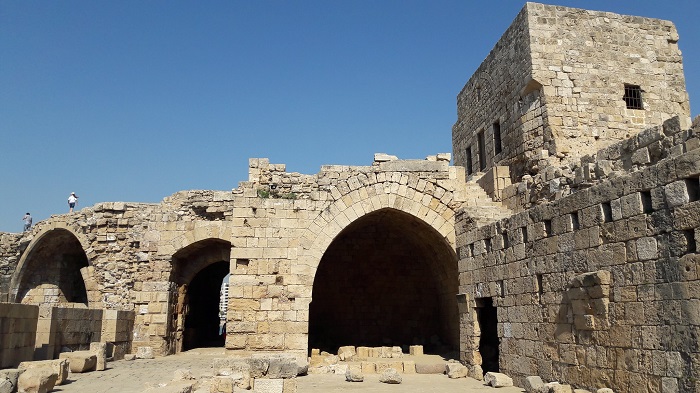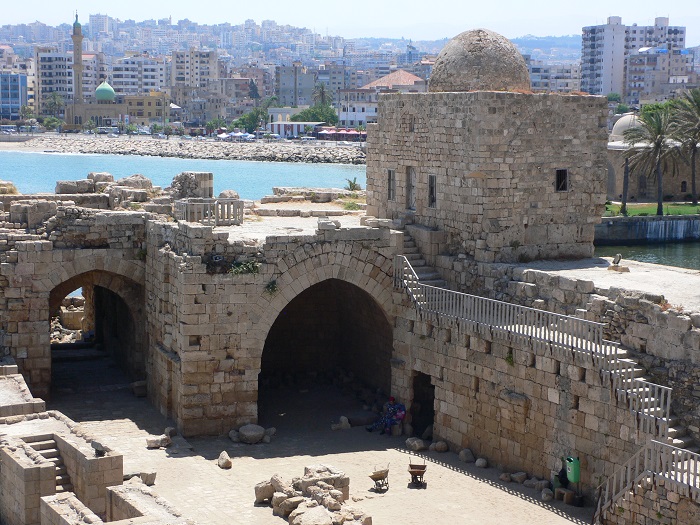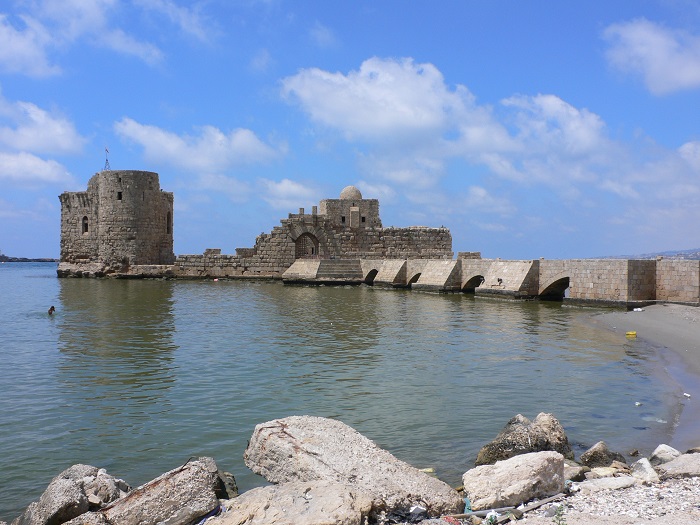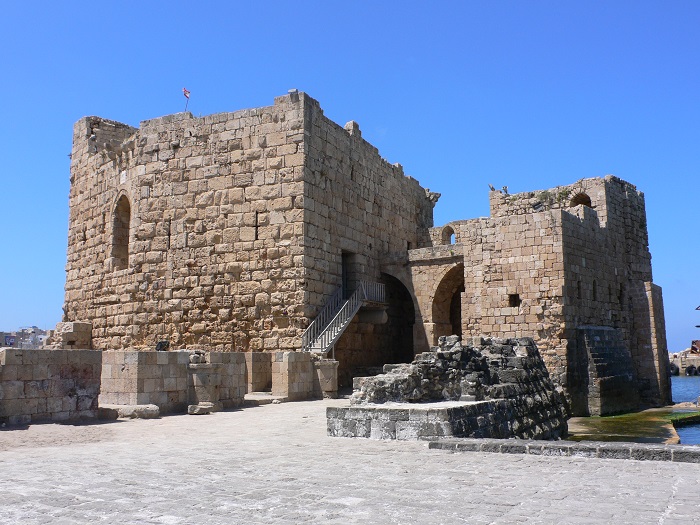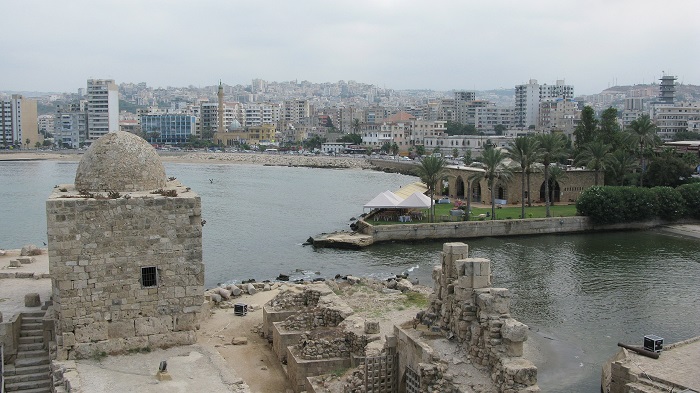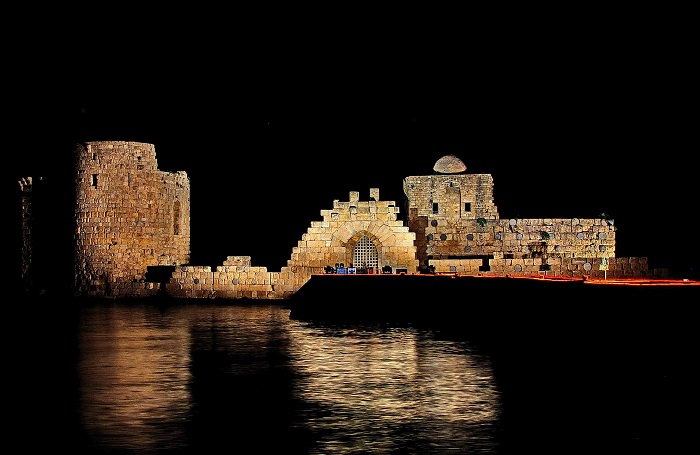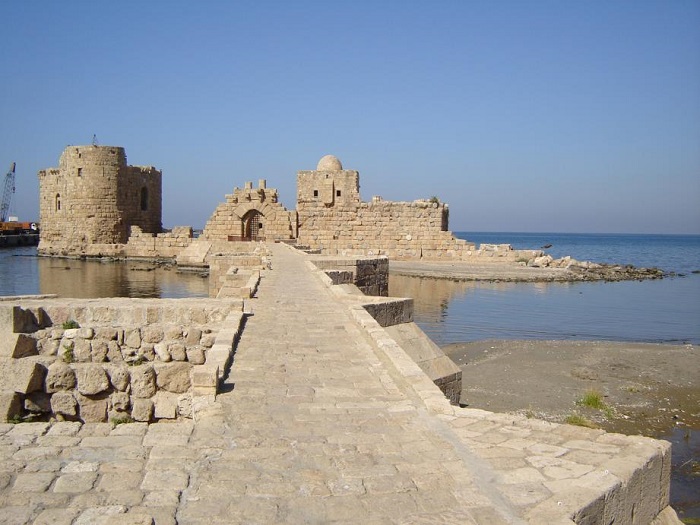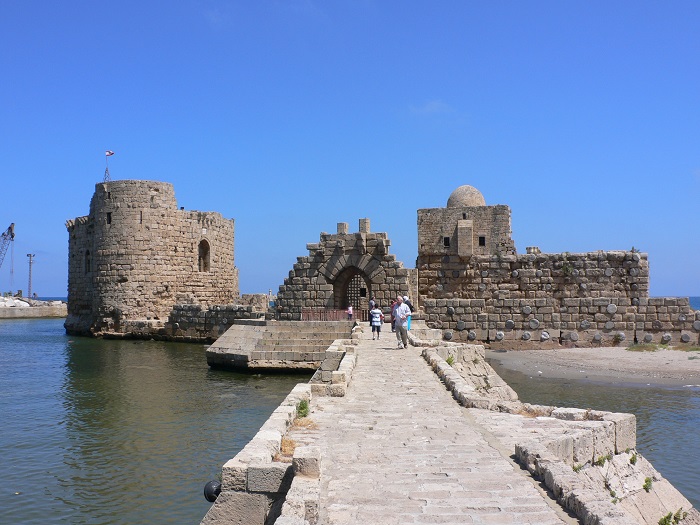The Sidon Sea Castle is a monumental historic structure that is located on the Mediterranean coast in the city of Sidon, which is the third-largest city in the Republic of Lebanon. Located more precisely in the southern part of the nation, in the South Governorate, the castle stands as a testament to the rich cultural heritage and the enduring spirit of the Lebanese people, which represents the resilience and endurance they are very proud of.
Situated on a small island located at the eastern end of the ancient city of Sidon, the city is believed to have been founded by the Phoenicians in the third millennium BC, although the castle’s construction dates back to 13 century, better yet during the Crusader period, where it was built on the foundations of an earlier fortress that existed in the same location.
The castle is constructed of limestone blocks and features a rectangular design with four towers at each corner, whereas the castle’s walls are approximately 1.5 m (5 ft) thick and rise to a height of 12 m (39 ft). Surrounded by a moat, which was originally filled with seawater to protect it from attack by sea, the moat was also used to fill the castle’s cisterns with fresh water.
Furthermore, the interior of the Sidon Sea Castle is equally impressive, especially the underground chambers which were used for different purposes, during different periods.
The castle was originally constructed as a defensive structure to protect the city from potential invaders, primarily from the sea, but after several decades, it served as a stronghold for the Crusaders during their occupation of the region and was also used by subsequent rulers, including the Mamluks and the Ottomans.
Due to its rich and quite interesting history, the Sidon Sea Castle has many legends that are linked with it, as the castle has been subject to these numerous legends and stories, there are some of which are dating back to ancient times. Among those numerous legends, one such legend states that the castle was built by a giant named Antar, who was renowned for his strength and bravery.
Still, there is another legend that suggests the castle was constructed by King Solomon as a gift to the Queen of Sheba. Nevertheless, as Sidon became the capital of the Sidon Eyalet, Turkish province when the Ottomans started ruling the area in 16 century, the castle was mainly used as a prison during this era, and it continued to be used as such for the next couple of centuries, up until World War I when the city and the castle itself became part of the French Mandate of Lebanon.
During this time its underground chambers were used to hold political prisoners, and it was a gruesome place where people would be kept for a long time.
In modern times, the castle has survived numerous conflicts and wars that have plagued the region, including the Lebanese Civil War, and as it suffered significant damage during the conflict, fortunately, it was restored in the 1990s, and today it stands as a symbol of great resilience and endurance.
Due to its longstanding importance, it has been recognized by UNESCO as World Heritage Site since 1984 which allowed the castle to gain more visitors and to secure important restorative work which has promised to keep this amazing architectural masterpiece for future generations to gaze upon for a very long time.
As the designation additionally recognizes the castle’s importance in the history and culture of the region and its significance as an architectural masterpiece, nowadays the Sidon Sea Castle is a popular tourist destination, attracting visitors from all over the world.
Visitors can explore the castle’s towers, walls, and underground chambers, which offer a glimpse into the castle’s history and its use over the centuries, in addition to the castle’s stunning views of the Mediterranean Sea, making it a perfect spot for photography and sightseeing. In conclusion, the Sidon Sea Castle is a magnificent example of Crusader architecture and a testament to the endurance and resilience of the Lebanese people.
Visitors can explore the castle’s towers, walls, and underground chambers and take in stunning views of the Mediterranean Sea, and its impressive construction, intricate details, and rich cultural history make it a must-see destination for anyone interested in history, architecture, or culture.

